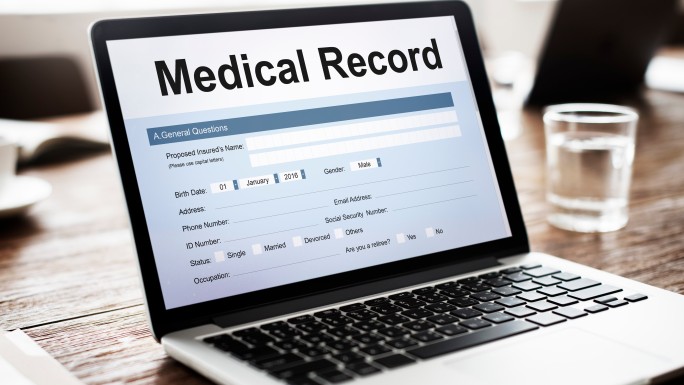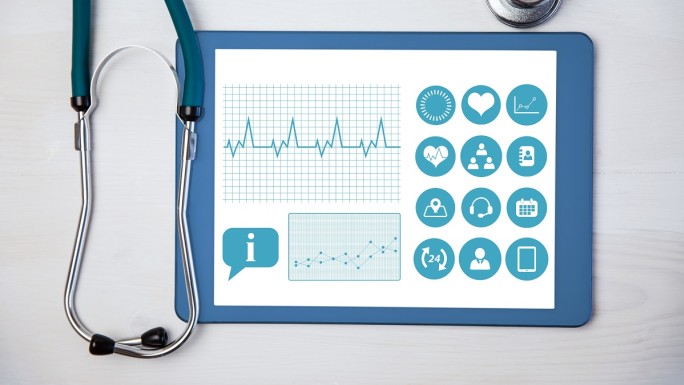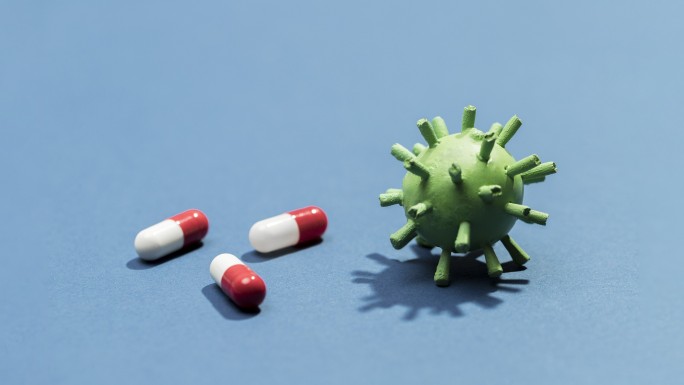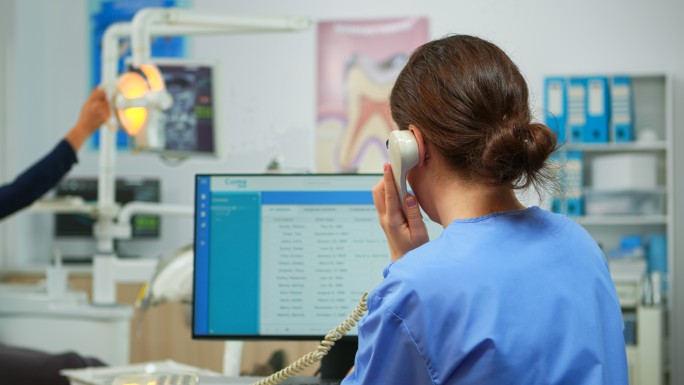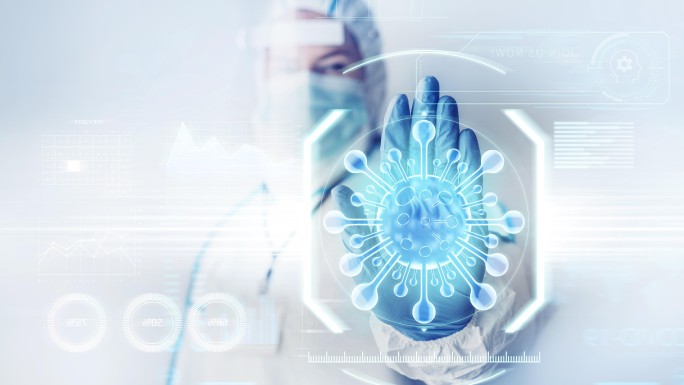Understanding remote patient monitoring system: functions and technology
After the pandemic, remote patient monitoring has become more popular than ever before. Many healthcare providers have deployed remote monitoring systems and devices in their healthcare process and benefited from them. If you are trying to understand the development of RPM, let’s dive into this journey to figure out the technological aspects of a remote patient monitoring system.
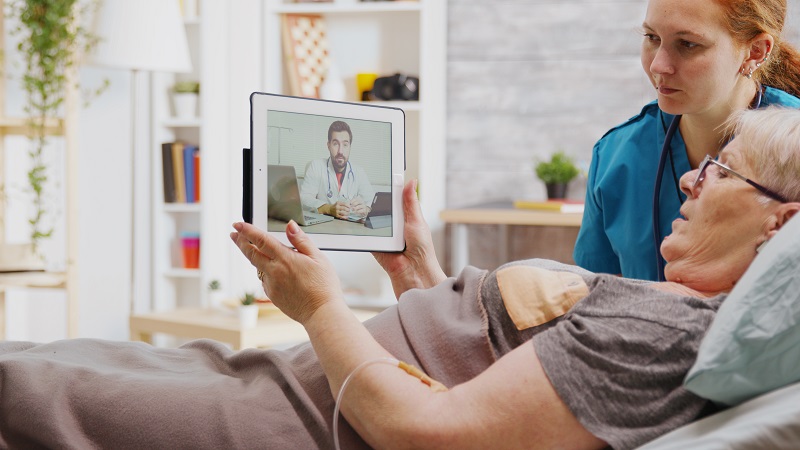
Users of remote patient monitoring system
It’s important for healthcare providers and developers of the RPM system to determine the users. Without knowing the users, it’s hard to find out other factors. Depending on whether the systems are packaged or tailored, users of remote patient monitoring systems are categorized into these below:
Patients
Patients suffering from chronic diseases such as diabetes, hypertension, or heart conditions benefit from RPM by allowing them to actively participate in their care. They use RPM devices to monitor vital signs, report symptoms, and adhere to treatment plans.
Healthcare providers
Physicians and Nurses: Healthcare professionals leverage RPM data to monitor patients remotely, assess health trends, and make informed decisions about treatment plans. RPM facilitates early detection of issues, reducing the need for frequent in-person visits.
Specialists: Specialists, such as cardiologists or endocrinologists, can use RPM to monitor specific health parameters relevant to their areas of expertise, enabling targeted and specialized care.
Care coordinators
Professionals who are responsible for coordinating patient care, usually are care managers and coordinators. They will use RPM data to ensure that patients follow the treatment plans, address any concerns, and facilitate communication between patients and healthcare providers.
Home health agencies
Agencies providing home healthcare services utilize RPM to extend their reach beyond traditional visits. Remote monitoring allows them to assess patients' conditions, provide guidance, and intervene as needed.
Telehealth platforms
RPM systems are often integrated with telehealth platforms, allowing for virtual consultations and facilitating seamless communication between patients and healthcare providers.
Pharmaceutical companies
Pharmaceutical companies conducting clinical trials or research studies can utilize RPM to remotely monitor participants, collect relevant health data, and ensure compliance with study protocols.
Patients' families and caregivers
RPM systems enable family members and caregivers to actively participate in the care of their loved ones. They can receive alerts, monitor vital signs, and communicate with healthcare providers, fostering a collaborative approach to patient care.
Health IT professionals
Professionals responsible for the implementation and maintenance of RPM systems ensure that the technology functions seamlessly, data is securely transmitted, and integrations with electronic health records (EHRs) and other systems are optimized.
Researchers and academia
Researchers may use data from RPM systems for studies related to population health, the effectiveness of remote monitoring, and the impact of technology on healthcare delivery.
7 important functions of a remote patient monitoring system
Depending on each healthcare provider’s purposes, remote patient monitoring systems may have different functions. Still, some basic and important functions are required in every RPM system.
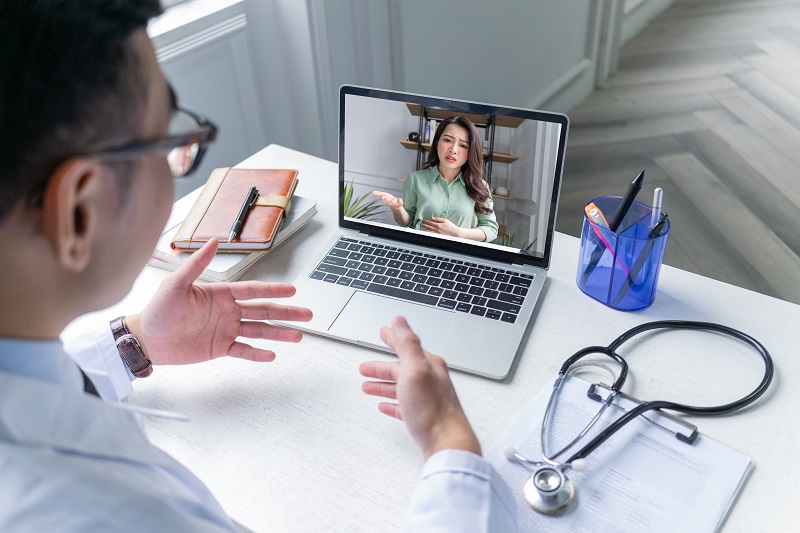
Continuous vital sign monitoring
A RPM system can monitor and track patients' vital signs in real time. Early detection of abnormalities, allowing timely intervention and prevention of complications. Through digital health devices, RPM systems will collect and monitor health parameters such as: heart rate, blood pressure, respiratory rate, oxygen saturation, and other relevant vital signs.
Chronic disease management
This function in the remote patient monitoring system will support patients with chronic conditions in managing their health at home. By following patients through the system, healthcare staff can improve adherence to treatment plans, reduce hospitalizations, and enhance overall disease management.
Some chronic diseases can be effectively utilized in the RPM system such as diabetes, hypertension, heart failure, chronic obstructive pulmonary disease (COPD), etc.
Medication adherence monitoring
Medication adherence monitoring allows healthcare staff to track and ensure patients' adherence to prescribed medication regimens. This prevents medication errors, improves patient compliance, and optimizes treatment outcomes.
RPM can integrate with medication dispensers or reminders to activate this function.
Telehealth consultations
This function facilitates virtual consultations between patients and healthcare providers. Features of telehealth consultations might be video conferencing, secure messaging, and virtual visits.
Healthcare providers can increase access to care, reduce the need for in-person visits, and enhance patient-provider communication.
Fall detection and prevention
Monitoring and detecting falls, especially in elderly or at-risk patients, is an important function of the RPM system. Prompt of the system will respond to falls, reducing the risk of injuries and hospitalizations.
To set up this function, the RPM system should be included in wearable devices with fall-detection capabilities.
Wearable health device integration
By monitoring through fitness trackers, smartwatches, and other health wearables, RPM systems can integrate data from wearable devices to provide a comprehensive health profile. From that, healthcare providers can enrich data for a comprehensive view of patients' health and lifestyle.
Remote diagnostics
Enabling remote diagnostic testing and monitoring can support timely intervention and treatment effectiveness in disease progression.
Some examples of remote diagnostics are remote blood glucose monitoring, spirometry, and other diagnostic tests.
Automated Alerts and Notifications
This function can generate alerts and notifications based on predefined thresholds. RPM systems will automatically alert for abnormal vital signs or critical events to the healthcare staff or caregivers. It provides a timely response to critical situations, reducing the risk of adverse outcomes.
Which health devices can be integrated with a remote patient monitoring system?
The choice of devices depends on the specific health parameters to be monitored and the patient's medical condition. Here are some common health devices that can be integrated with an RPM system:
|
Health devices |
Monitoring Parameters |
Use case |
|
Wearable Fitness Trackers |
Activity levels, heart rate, and sleep patterns |
Suitable for general health tracking and wellness monitoring |
|
Blood Pressure Monitors |
Blood pressure |
Essential for patients with hypertension or cardiovascular conditions |
|
Blood Glucose Monitors |
Blood glucose levels |
Critical for patients with diabetes |
|
Pulse Oximeters |
Oxygen saturation levels in the blood (SpO2) |
Important for monitoring respiratory conditions, such as chronic obstructive pulmonary disease (COPD) |
|
ECG Monitors |
Electrocardiogram (ECG) readings |
Valuable for patients with cardiac conditions or those at risk of arrhythmias |
|
Smart Scales |
Weight and body composition |
Useful for patients with conditions affected by weight fluctuations, such as heart failure |
|
Temperature Monitoring Devices |
Body temperature |
Crucial for monitoring patients with infectious diseases or those at risk of fever-related complications |
|
Medication Dispensers |
Medication adherence |
Ensures patients take prescribed medications on schedule, particularly important for chronic disease management |
|
Spirometers |
Pulmonary function, including lung capacity |
Essential for patients with respiratory conditions like asthma or COPD |
|
Digital Stethoscopes |
Heart and lung sounds |
Enables remote auscultation for patients with cardiovascular or respiratory conditions |
|
Smart Inhalers |
Inhaler usage and adherence |
Suitable for patients with asthma or chronic respiratory conditions |
|
Fall Detection Devices |
Fall events and activity levels |
Particularly relevant for elderly patients at risk of falls |
Suggesting tech stack for a remote patient monitoring system
Below are some of our suggested tech stacks for an RPM system. If you need more consultation about technology, please contact us here!
Frontend Development
Framework: React.js or Angular for building responsive and dynamic user interfaces.
State Management: Redux or Context API (React) for efficient state management.
Backend Development
Framework: Node.js (Express.js) or Django (Python) for building the backend logic.
Language: JavaScript (Node.js) or Python.
API Design: RESTful APIs for communication between the frontend and backend.
Authentication: JSON Web Tokens (JWT) for secure user authentication.
Database
Database Management System: MongoDB or PostgreSQL for storing patient data securely.
ORM (Object-Relational Mapping): Mongoose (for MongoDB) or Sequelize (for PostgreSQL).
Real-Time Communication
WebSocket: Use WebSocket for real-time communication between the server and devices.
Library: Socket.io for WebSocket implementation.
Cloud Services
Hosting: AWS (Amazon Web Services) or Azure for cloud hosting.
Serverless Computing: AWS Lambda or Azure Functions for specific functions without managing servers.
Mobile App Development (if applicable)
Framework: React Native or Flutter for cross-platform mobile app development.
Languages: JavaScript (React Native) or Dart (Flutter).
Conclusion
By looking at the technology innovation, it’s not hard to see how remote patient monitoring will advance shortly. More and more personal health devices will be invented to monitor health, requiring the improvement of remote patient monitoring systems. Understanding the basic factors of the RPM system is the first step to unveiling a path toward a more connected, efficient, and patient-centric future in healthcare. The story of remote patient monitoring is not just about technology; it's about creating a healthcare ecosystem that is responsive, compassionate, and adaptable to the unique needs of each patient.




